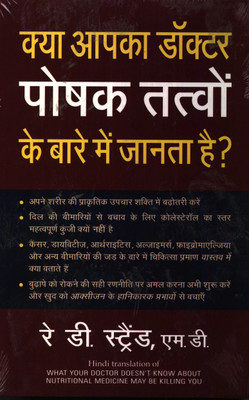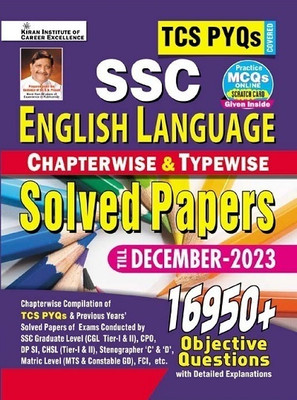
Share
Outline History of CPI (Paperback, Parkash)
Be the first to Review this product
₹400
Available offers
T&C
T&C
T&C
Delivery
Check
Enter pincode
Delivery by31 Jul, Thursday
?
View Details
Highlights
- Binding: Paperback
- Publisher: Notion Press
- Genre: HISTORY / Revolutionary
- ISBN: 9798885551946
- Edition: 1, 2022
- Pages: 294
Services
- Cash on Delivery available?
Seller
Description
The leadership had no fundamental differences with the CPI. Yet a large section of the party, dissatisfied with the revisionism of the CPI, was attracted to the Left's rhetoric. The revolutionary section was determined to follow a revolutionary line different from the parliamentary and class skeptical line and at the same time it was committed to fight against Khrushchev revisionism and to uphold the great proletarian cultural revolution. While the neo-revisionist leadership was trying to pacify them and move swiftly along the parliamentary line in time. Thus he was compelled to put on the revolutionary mask on the one hand and on the other, he was evasive on political and ideological issues or remained silent on basic issues so as to throw dust in the eyes of the revolutionary cadre and the public. Keeping the revolution imprisoned within its borders, he vigorously competed with the CPI and marched on the CPM parliamentary route. The Naxalbari conflict that erupted on the side of the volcano exposed the revisionist CPM leadership. Though the Naxalbari struggle was brutally suppressed at the behest of the CPM leadership, it became the center of mobilization for revolutionary forces across the country and paved the way for the formation of the CPI (ML), its long-standing Breaking the class sectarian and opportunistic history of the CPI leadership, it moved towards building and leading a nationwide agricultural revolutionary rebellion.
Read More
Specifications
Book Details
| Publication Year |
|
Contributors
| Author Info |
|
Frequently Bought Together
1 Item
₹400
1 Add-on
₹955
Total
₹1,355
Be the first to ask about this product
Safe and Secure Payments.Easy returns.100% Authentic products.
Back to top






